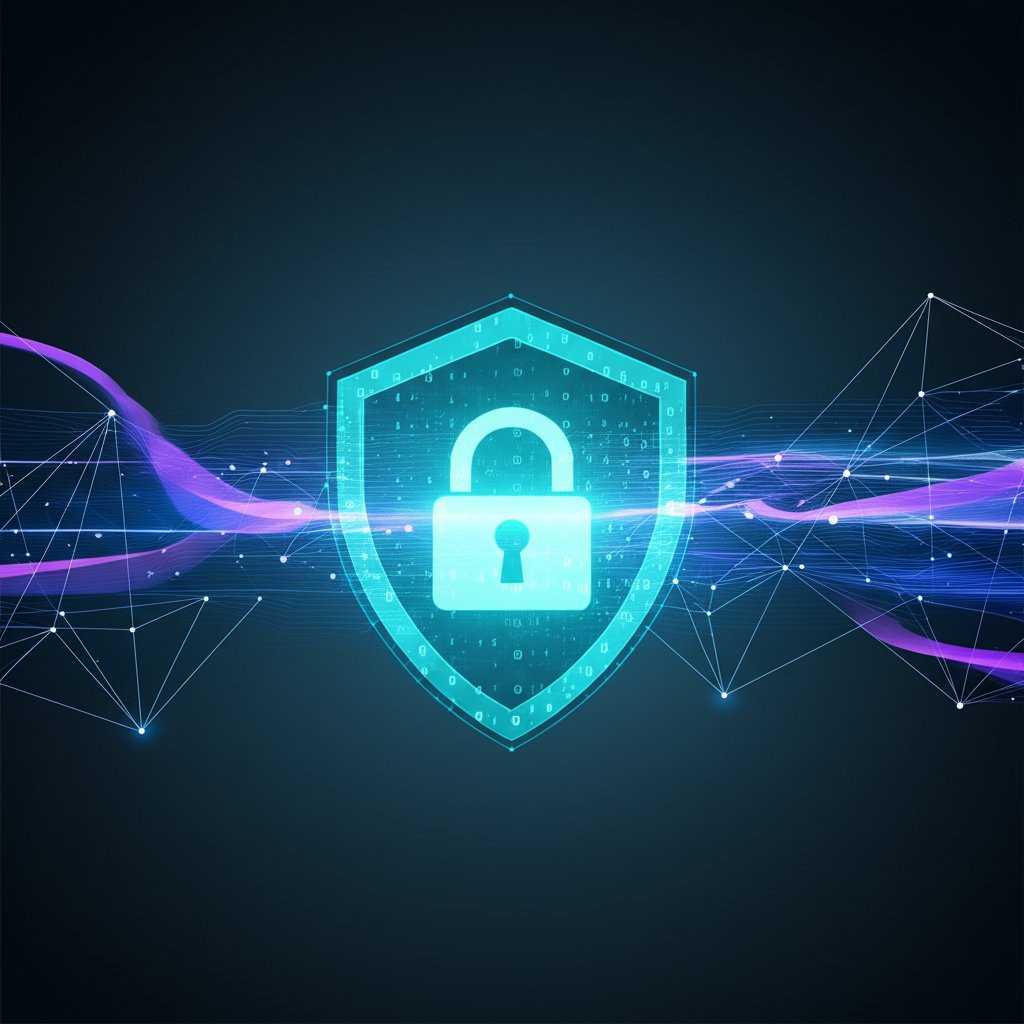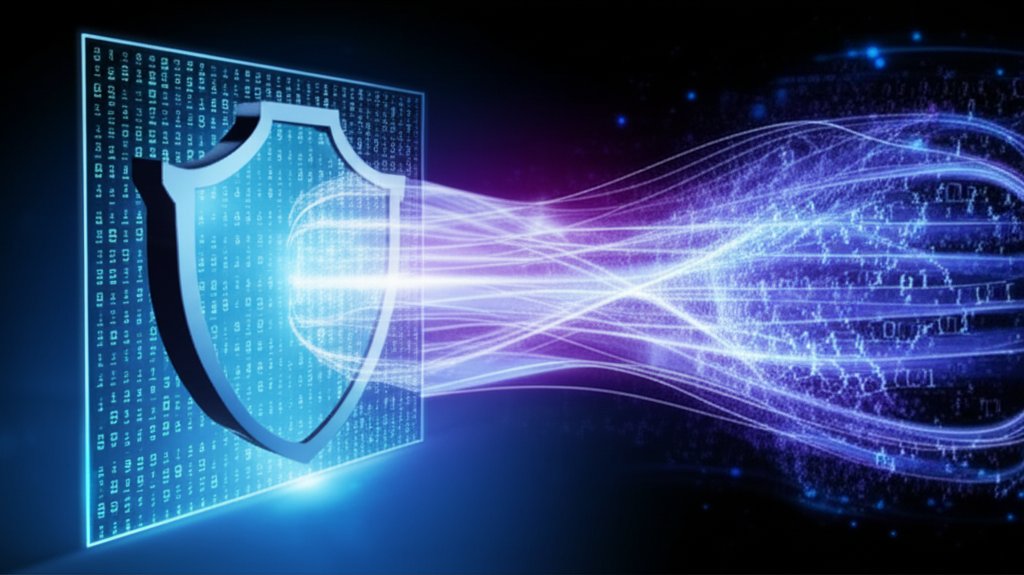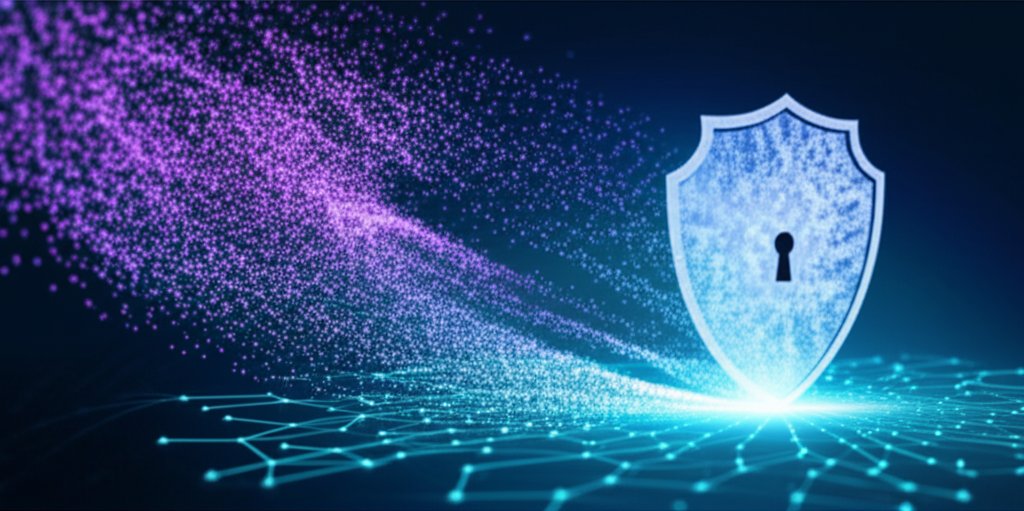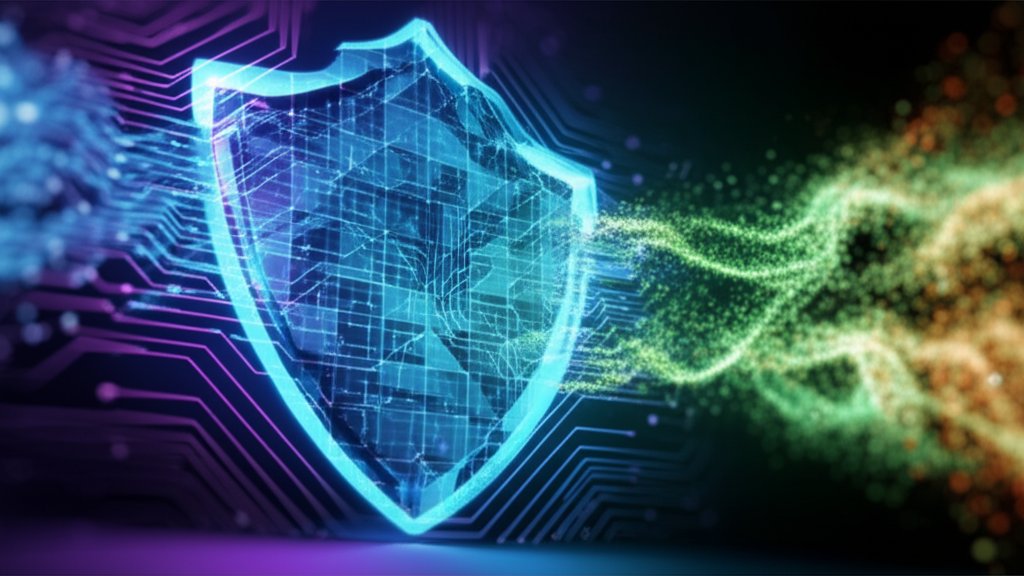Quantum-Proof Your Smart Home: Simple Steps to Secure Your IoT Devices Now
As a security professional, I spend my days tracking evolving cyber threats and thinking about how they impact everyday users and small businesses. Today, I want to talk about something that might sound like science fiction but is rapidly becoming a very real concern for our digital security: quantum computing. Specifically, how can you secure your Internet of Things (IoT) devices against these future quantum computing threats?
It’s easy to feel overwhelmed by the sheer pace of technological change, but understanding the risks empowers you to take control. Quantum computing promises to revolutionize many fields, but it also poses a significant challenge to the cryptographic foundations that keep our online lives safe – including the growing number of smart devices we rely on daily. From smart thermostats to video doorbells, security cameras, and even your smart appliances, these “things” are constantly collecting and transmitting data. Their security is paramount for protecting your privacy, personal safety, and financial well-being. If compromised, these convenient devices can become serious liabilities, making their inherent security a top priority.
Don’t worry, though; we’re not here to sound the alarm without offering solutions. While full-scale quantum attacks capable of breaking today’s encryption are not an immediate threat, the time to prepare is now. We’ll break down this complex topic into understandable risks and practical solutions you can start implementing today, focusing on strategies like proactive device updates, strong authentication, and demanding “crypto-agile” devices that can adapt to future security standards.
The “Quantum Threat”: A Looming Shift in Cybersecurity
A Quick Look at Quantum Computing
You’ve probably heard the term “quantum computing” floating around, and it can sound a bit like something from a sci-fi movie. But it’s not magic; it’s a fundamentally different way of processing information. Unlike classical computers that use bits (0s and 1s), quantum computers use “qubits” which can represent 0, 1, or both simultaneously. This allows them to perform certain types of calculations at speeds unfathomable to even the most powerful supercomputers we have today. This isn’t just a faster processor; it’s a whole new paradigm.
The Encryption Problem: Why Current Security is at Risk
Most of the digital security we rely on today, from your banking transactions to your secure emails, is protected by strong encryption algorithms like RSA and ECC (Elliptic Curve Cryptography). These algorithms are incredibly difficult for traditional computers to break because they rely on mathematical problems that would take billions of years for even powerful supercomputers to solve through brute force. However, quantum computers, with their unique computational abilities, possess algorithms (like Shor’s algorithm) that could potentially crack these widely used encryption methods in a fraction of that time. That’s a huge problem for our existing digital locks.
“Store Now, Decrypt Later” (SNDL): The Time-Bomb Threat
This is one of the most insidious threats associated with quantum computing. Imagine an attacker today, knowing that current encryption will eventually be vulnerable to quantum computers. They could steal vast amounts of currently encrypted data – your personal health records, financial information, classified communications – and simply store it. They wouldn’t need to decrypt it now. They’d just wait for powerful, fault-tolerant quantum computers to become widely available in the future. Once “Q-Day” arrives, they could decrypt all that stolen information, potentially exposing secrets that were supposed to be protected for decades. It’s a digital time bomb.
Why IoT Devices Are Particularly Vulnerable to Quantum Threats
While the quantum threat looms for all encrypted data, IoT devices face unique challenges that make them especially susceptible:
-
Long Lifecycles, Outdated Security: Many IoT devices are designed to last for years, if not a decade or more. Their security features, particularly cryptographic components, often aren’t easily upgradable. They simply weren’t built with quantum threats in mind, meaning they could become security liabilities long before their physical lifespan ends.
-
Limited Processing Power: Smaller, simpler IoT devices often operate on minimal processing power and memory. This makes it challenging, if not impossible, to implement the more complex, quantum-resistant encryption algorithms that are currently being developed. There’s a fundamental trade-off between device size, cost, power consumption, and cryptographic strength.
-
Patching Predicament: Updating firmware on many IoT devices is notoriously difficult. Sometimes updates aren’t available, or users aren’t diligent about installing them. This creates a “patching predicament” where vulnerabilities, including those related to outdated cryptography, can persist for years, making devices easy targets.
-
Default Weaknesses: We’ve all seen the headlines: IoT devices shipped with weak default passwords or insecure network protocols. These fundamental flaws make them easy targets even for classical attacks, and certainly won’t stand up to future quantum threats.
What Does a Quantum Attack on IoT Look Like?
In a post-quantum world, the implications for IoT could be severe:
-
Breaking Your Digital Locks: Quantum computers could decrypt the communications between your smart devices and their cloud services, or even between your devices themselves. An attacker could gain unauthorized access, listen in on conversations (via smart speakers), or view live camera feeds that were previously thought to be securely encrypted.
-
Man-in-the-Middle Attacks on Steroids: Imagine an attacker intercepting data flowing between your smart lock and your phone. With quantum capabilities, they could not only read that data but also potentially alter it, impersonating either your device or the service. This means they could unlock your doors, disarm your security system, or manipulate other device functions without your knowledge.
-
Data Integrity and Privacy at Risk: The potential for unauthorized access to highly personal information collected by IoT devices is immense. Your daily routines, health data, and home environment details could be compromised. Beyond privacy, the integrity of commands sent to devices could be undermined, leading to dangerous situations where devices don’t behave as intended.
Preparing for the Quantum Future: What’s Being Done?
The good news is that the cybersecurity community isn’t standing idly by. Significant efforts are underway to prepare for the quantum era:
-
The Rise of Post-Quantum Cryptography (PQC): PQC refers to new encryption methods and algorithms specifically designed to resist attacks from both classical and future quantum computers. Organizations like the National Institute of Standards and Technology (NIST) have been running a multi-year competition to standardize these new, quantum-resistant algorithms. This is a massive global effort to replace our current vulnerable encryption with something truly future-proof.
-
Quantum Key Distribution (QKD): Another area of research is Quantum Key Distribution (QKD). This technology uses the principles of quantum mechanics to securely exchange encryption keys. The beauty of QKD is that any attempt by an eavesdropper to intercept the key automatically disturbs the quantum state, making the eavesdropping detectable. While highly secure, QKD typically requires specialized hardware and is currently more suited for high-security applications over dedicated fiber optic networks, rather than individual IoT devices.
-
Hardware-Level Security: New hardware chips are being developed to embed quantum-resistant security directly into devices from the ground up. This means that future generations of IoT devices could have PQC algorithms baked into their silicon, offering a much stronger baseline of security.
Actionable Steps for Everyday Users and Small Businesses NOW
-
Prioritize Smart Device Updates: This is foundational. Always keep your IoT device firmware updated. Vendors are already beginning to integrate early PQC capabilities or at least strengthen existing security in anticipation of the quantum shift. Think of updates as your first line of defense; they often contain critical security patches. If a vendor isn’t providing regular updates, that’s a red flag.
-
Strong, Unique Passwords & Multi-Factor Authentication (MFA): It sounds basic, but it’s more critical than ever. Use strong, unique passwords for every IoT device and its associated account. Enable Multi-Factor Authentication (MFA) wherever possible. Even if encryption eventually falters, strong access controls provide another layer of protection.
-
Review Device Security Settings: Don’t just set up your device and forget it. Dive into the settings. Disable unnecessary features like universal plug-and-play (UPnP) or remote access if you don’t use them. Adjust privacy settings to limit data collection and sharing. Your privacy is in your hands, so take control.
-
Network Segmentation (for Small Businesses): For small businesses with multiple IoT devices, consider network segmentation. This means isolating your IoT devices on a separate network or VLAN from your main business network. If an IoT device is compromised, this strategy limits an attacker’s ability to move laterally and access more sensitive business data.
-
Be a Smart Shopper: Demand Quantum Readiness: When purchasing new IoT devices, ask questions! Look for vendors who prioritize security, offer clear update policies, and are transparent about their long-term quantum readiness plans. As PQC standards solidify, demand devices that are “crypto-agile” – meaning they can easily update their cryptographic methods as new, stronger standards emerge. Your choices as a consumer or business owner can drive manufacturers to adopt better practices.
-
Secure Your Home Network: Your Wi-Fi network is the gateway to all your smart devices. Use strong, unique passwords for your Wi-Fi router, enable WPA3 encryption if available, and consider setting up a guest network for visitors to keep your main network private. Using a VPN, especially on public Wi-Fi, can also help encrypt your general internet traffic, adding another layer of security for your devices when they communicate outside your home network. For more tips on keeping your devices protected, you might want to learn about 7 Ways to Secure Your IoT Network Against Cyber Threats.
-
Embrace “Crypto-Agility”: The Future-Proofing Concept: This is a key concept for quantum preparedness. Ideally, devices should be designed with “crypto-agility” in mind. This means they can easily swap out old, vulnerable cryptographic algorithms for new, quantum-resistant ones through simple software updates. This approach future-proofs your investments and ensures your devices can adapt as the threat landscape evolves.
Don’t Panic, Prepare!
The quantum threat to IoT security is real, but it’s not an immediate crisis that requires you to discard all your smart devices. Instead, it’s a call to action for proactive preparation. By understanding the risks and taking the actionable steps we’ve discussed, you can significantly reduce your future exposure and ensure your smart home and business devices remain secure in the quantum era. Stay informed, stay vigilant, and remember: taking control of your digital security starts today.
FAQs
When will quantum computers be powerful enough to break current encryption?
Experts predict that “cryptographically relevant” quantum computers, capable of breaking current public-key encryption, are still at least a decade away, likely 10-20 years. However, the “Store Now, Decrypt Later” threat means data stolen today could be decrypted then, making preparation urgent.
Do I need to throw away my smart devices right now?
No, absolutely not. The immediate threat isn’t here yet. Focus on the actionable steps like regular updates, strong passwords, and smart purchasing decisions to prepare your existing and future devices for the quantum shift.
What is NIST and why are they important for quantum security?
NIST (National Institute of Standards and Technology) is a U.S. government agency that plays a critical role in developing and standardizing cybersecurity technologies. They are currently leading the global effort to identify and standardize post-quantum cryptographic algorithms, which will form the backbone of future quantum-resistant security.
Is quantum computing only a threat, or can it help security?
While the breaking of current encryption is a major concern, quantum computing also holds promise for enhancing security. For example, quantum mechanics is at the heart of Quantum Key Distribution (QKD), which offers fundamentally secure key exchange. Researchers are also exploring how quantum principles could lead to new forms of unbreakable encryption or more efficient ways to detect cyberattacks.









